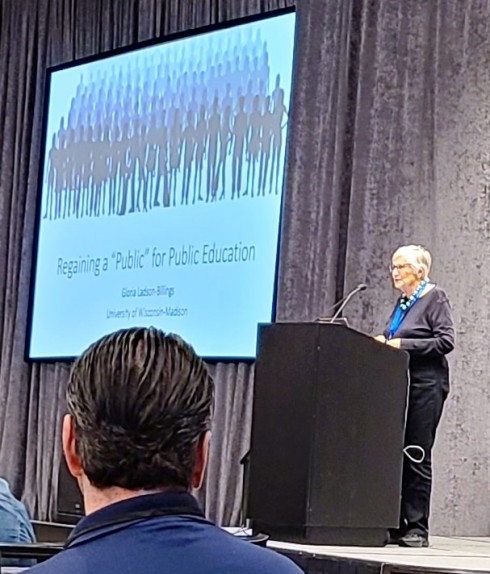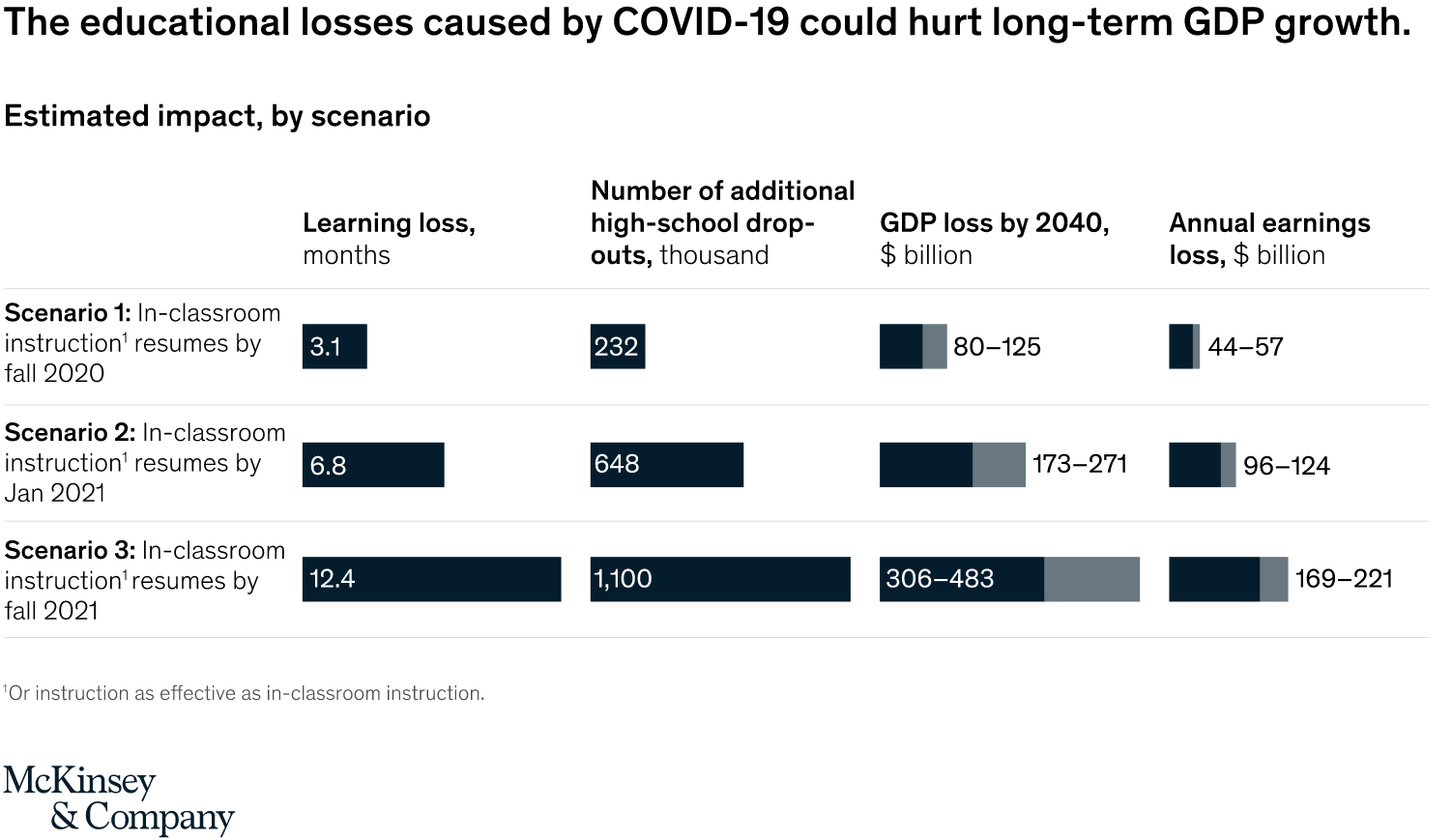By T. Ultican 4/11/2018
The destroy public education movement (DPE) has given us Teach for America (Fake Teachers), Relay Graduate School (Fake Schools) and from the Broad Superintendents Academy (Fake administrators). None of these entities are legitimately accredited, yet they are ubiquitous in America’s major urban areas.
There was a time in the United States of America when scoundrels perpetrating this kind of fraud were jailed and fined. Today, they are not called criminals; they are called philanthropists. As inequitable distribution of wealth increases, democratic principles and humane ideology recedes.
It is time to fight the 21st century robber-barons and cleanse our government of grifters and sycophants.
Philanthropy in America is undermining the rule of law and democratic rights. Gates, Walton, Broad, DeVos, Bradley, Lily, Kaufman, Hall, Fisher, Arnold, Hastings, Anschutz, Bloomberg, Jobs, Zuckerberg, Dell and the list goes on. They have afflicted us with Teach for America (TFA), charter Schools, vouchers, phony graduate schools, bad technology and bogus administrators implementing their agendas.
Without these “philanthropists” and their dark money schemes none of this would exist. Public schools would be healthy and teenage suicide rates would be going down; not up. Instead we have mindless testing, harmful technology and teaching on the cheap.
This “philanthropy” is about profits, reducing tax burdens on the wealthy, imposing religious dogma and subjugation of non-elites. It is harmful to America’s children. The attack on public education was never primarily about benefiting children. It certainly was never based on concern for minority populations.
The Absurdity of Fake Teachers from TFA
Over the last five years, there have been several wonderful books written on the politics of education reform and the best of them all have a chapter on Wendy Kopp and TFA. Diane Ravitch gave us Reign of Error, Dana Goldstein wrote The Teacher Wars and Mercedes Schneider produced A Chronicle of Echoes. I wrote a review of Chronicle. These three books are masterpieces of scholarship and research, however, my favorite book about the politics of education is Why You Always Got to be Trippin by Ciedie Aech which is a masterpiece of sarcasm.
The basic pitch of TFA has changed since Wendy Kopp’s 1989 senior thesis, “An Argument and Plan for the Creation of the Teacher Corps.” Later when creating TFA, Kopp reached out to the National Education Association (NEA). NEA VP, Sharon Robinson responded, “Even a suggestion that acceptable levels of expertise could develop in short termers simply doesn’t mesh with what those of us in the business know it takes to do the job – much less with what our young need and deserve” (Goldstein).
Kopp replied that the new teacher corps was merely “an emergency response to a shortage of experienced, qualified teachers” in high-needs schools, “and would therefore not be telling the nation that its inexperienced members were preferable to, or as qualified as experienced teachers” (Goldstein).
However, in 1997, Kopp founded The New Teachers Project now called TNTP and installed first year TFA alum, Michelle Rhee, to lead it. TNTP advertised itself as an agency helping people transition into teaching from other careers and also providing professional development to school districts. The Rhee led TNTP infamously initiated a relentless campaign of teacher-bashing. TNTP was virulently anti-teachers’ union and anti-tenure. Rhee inspired headlines throughout the country like these from California, State Needs ‘Lemon’ Law For Teachers, California Schools May Get Break from Bad Teachers and Escape Hatch for Incompetent Teachers Closed .
The message was clear. Public education was failing because of bad teachers. TFA and TNTP offered the solution.
Mercedes Schneider described another TFA mission change:
“Though the TFA website notes that Kopp’s organization has ‘aggressively worked to grow and deepen [TFA] impact,’ Kopp’s initial push had nothing to do with placing former TFAers in educational leadership positions. By 2001, TFA began to clearly publicize its now-twofold mission: Yes, to continue to place ‘top talent’ in the classroom in two-year, Peace-corps style. However, in addition, TFA would enable those ‘teacher leaders’ to ‘force systemic change to ensure educational equity.’”
Wendy Kopp was a child of wealth from the tony Dallas neighborhood of Highland Park. She attended Highland Park High with a predominantly white student body and a 95% graduation rate (Schneider). That graduation rate was before the current credit recovery fraud.
While at Princeton, Kopp became editor-in-chief of the student magazine “Business Today” which was founded in 1968 by Steve Forbes. Having a circulation of 200,000 in 1987, it could charge businesses $5,000 a year for advertising (Schneider). She demonstrated her ability to raise money and developed many personal contacts with important CEO’s while running “Business Today.”
After graduating with a BA degree in Public and International Affairs, she went to New York to start her Peace-corps styled non-profit. Kropp’s first grant for $26,000 came from Exon-Mobil. Union-Carbide gave her free New York office space. She sent fellow Texan Ross Perot her business plan and he came through with a $500,000 challenge grant which helped TFA raise an addition $1.5 million. Her first hire was a friend of her brother’s, Whitney Tilson (Goldstein). Tilson would later create the Democrats for Education Reform (DFER).
Early on, there was serious push-back against TFA by education professionals. After observing the TFA summer training in 1990, Education Professor Deborah Appleman called it “ludicrous.” In 1994, Linda Darling-Hammond, then a researcher at Columbia University’s Teachers College, excoriated TFA for being “a frankly missionary program” that elevated the resume building of its recruits over the educational needs of poor children (Goldstein).
Because of this pushback and Kopp’s lack of management training and experience, TFA went through a series of existential crises. Schneider noted, “Despite the financial and organizational issues and bad press, Kopp managed to scrape by and carry TFA with her into the new millennium.”
Schneider also wrote about improving the financial fortunes at TFA,
“…Wendy Kopp declared that she had a force of young, predominantly-Ivy-League idealists for sale, and Big Money arrived on the scene to make the purchase. No more insolvency issues for Wendy Kopp and TFA.”
The money that came in is truly staggering to contemplate. Here is one paragraph from Diane Ravitch:
“When the U.S. Department of Education ran a competition in 2010 for the most innovative programs in education, with four top prizes of $50 million, TFA was one of the winners (the KIPP charter chain, headed by Wendy Kopp’s husband, Richard Barth, also won $50 million). In 2011, a group of foundations led by the Broad Foundation made a gift of $100 million to TFA. In the same year, the Walton Family Foundation – one of the nation’s most conservative foundations – pitched in $49.5 million, the largest single education grant made that year by a foundation committed to privatization. TFA also received federal funding through AmeriCorps grants and an annual congressional earmark of $20 million. In the five years from 2006 to 2010, TFA raised an astonishing $907 million in foundation grants, corporate gifts and government funding.”
TFA has been remarkably successful everywhere except in the classroom. These temporary teachers with virtually no training nor experience are not ready to run a class. Because a large percentage of TFA teachers do not stay past two years, it is impossible to run long term studies of their effect on students. However, it is well known that TFA induced teacher churn harms children. Today, a significant number of charter school teachers come from TFA.
Ciedie Aech faced some of the most virulent forces of the DPE movement while teaching in Denver, Colorado. Her comments about TFA are both amusing and prescient. She wrote,
“Good teachers; well, good teachers, and oh surely this was obvious – even glaringly self-apparent in the fast pace of magical days devoted to a truer national compassion: Good teachers? – Were young.”
“Oh, those Teach-For-A-Minute girls, he now declared snidely. Really, who was surprised? Everybody knew: You couldn’t count on them.”
“Despite their designated unreliability; despite, even, their surely ungrateful lack of loyalty for stoically sticking around and “taking” the abuses created by an ever-shifting, funding-lucrative reform – huge numbers of these oft-labeled undependable Teach-For-A-Minute girls (and oh, yes, a lesser number of surely just as undependable Teach-For-A-Minute boys) were now being ever more massively produced.”
“As a journalist followed the teaching year of a suddenly deployed troop of Teach-For-A-Minute miracle workers, ultimately, he found only one greenhorn to be exceptionally able. (And so many others who were both frighteningly and disastrously unprepared.)”
Charter Industry Has Created A Fake Education Graduate School
The well-known blogger, Peter Greene AKA the Curmugducator, has a knack for colorfully and accurately summarizing creepy agendas. He concludes an article about Relay Graduate School:
“Reformsters have managed to build and fund an entire alternate education universe in which they make up their own credentials, their own schools, their own entire system built on a foundation of nothing but money, connections, and huge brass balls. There’s never been anything like it since hucksters pitched medicinal snake oil off the back of a wagon, and it would be kind of awesomely amazing, like watching a python consume an entire elephant– except that instead of an elephant, this parallel shadow system is gutting public education in the communities where it is most needed.”
The Alliance for Philadelphia Public schools learned that their schools were using training materials from Relay Graduate School (RGS). Kate Peterson, a graduate student at Arcadia University, investigated Relay’s founders and programs for Alliance. Her policy brief apprised,
“Relay Graduate School of Education is a stand-alone school based in New York City. It began as Teacher U in 2007, when Dave Levin, co-founder of KIPP Public Charter Schools, and Norman Atkins, co-founder of Uncommon Schools, decided to develop a program that would supply their charter schools and others with high-quality teachers, which they deemed as scarce. They partnered with the founder of Achievement First, Dacia Toll, to create their program. Receiving $10 million from Larry Robbins, founder of the hedge fund Glenview Capital Management and current board member of Relay, and $20 million from the non-profit The Robin Hood Foundation, the three charter school leaders partnered with Hunter College in New York to implement their program ….
“In 2011, it was renamed Relay Graduate School of Education and was granted a charter by the New York State Board of Regents ….”
Peterson also pointed out that the lack of scholarship and experience in education among the three founders. She wrote,
“Based on their backgrounds, it is apparent that all three charter and Relay founders have little education and training in teaching. Atkins opened a charter a year after graduating with a M.A. in educational leadership with little to no experience teaching. Levin founded KIPP two years after working for Teach for America with no formal education in teaching as well. Toll too founded a charter a year after graduating with her J.D. and teaching certificate with very little experience in education. After founding these charters, they did not go on to be teachers in them, but rather managers of them. Thus, Relay’s founders began a teacher training program without much formal education and experience in teaching themselves.”
Mercedes Schneider took another look at RSG this March (2018) and began her piece,
“Relay Graduate School of Education (RGSE) is a corporate reform entity whose “deans” need not possess the qualifications that deans of legitimate graduate schools possess (i.e., Ph.D.s; established professional careers in education, including publication in blind-review journals).”
There are now fifteen “deans” of RSG each running a stand-alone campus that they themselves founded. Mercedes notess that twelve of the fifteen have light teaching experience with TFA and also reports on the qualifications of all the “deans.” She concludes with:
“There you have it: 15 “deans”; no Ph.D.s (but one almost); no bachelors degrees in education; no refereed publications, and not a one “dean” qualified for a tenure-track position in a legitimate college of education. But who needs legitimacy when you can franchise yourself into a deanship?”
The Unaccredited Broad Superintendent Academy Trains Public Education Destroyers
Eli Broad, estimated to be worth $6 billion, made his fortune by building two fortune-500 companies, KB Homes and Sun America. He is a product of public education but is determined to privatize the system.
The Broad Academy is an unaccredited administration training program for school leaders run by the Broad Foundation.
Broad’s theory is that public school administrators and elected school boards lack the financial background to run large organizations. Motoko Rich’s Times article explained, ‘“The new academy,’ he said, would ‘dramatically change this equation’ by seeking candidates in educational circles as well as recruiting from corporate backgrounds and the military, introducing management concepts borrowed from business.”
In her book, The Death and Life of the Great American School System, Diane Ravitch related what she learned about Broad’s thinking during a 2009 meeting with him. She wrote,
“He believes that school systems should run as efficiently as private sector enterprises. He believes in competition, choice, deregulation, and tight management. He believes that people perform better if incentives and sanctions are tied to their performance. He believes that school leaders need not be educators, and that good managers can manage anything if they are surrounded by smart assistants. Broad told an audience in New York City in 2009, ‘We don’t know anything about how to teach or reading curriculum or any of that. But what we do know about is management and governance.’ The Broad education agenda emphasizes the promotion of charter schools, the adoption of corporate methods for school leadership, and changes in the way teacher are compensated.”
Broad is rich so his ideas about education – which are based on little beyond opinion – are taken seriously. He has created an administrators school that ignores 200 years of public school and scholarly experience. It is ludicrous that any state would accept this kind of training as legitimate. Unfortunately, graduates from the fake Broad academy are working in school systems across America.
Past Time to Say, “I’m mad as hell and I’m not going to take it anymore.”

Time to stop the bi-partisan theft of public education from Americans. Stop fake teachers entering classrooms. Stop fake administrators doing damage like Deasy in LA or Bersin in San Diego or Wilson in Oakland or White in Louisiana or Bobb in Detroit or Klein in New York or etc. Perpetrators of a fake graduate schools are criminals. Temporary teachers with no credentials, no training and no experience are a hoax. Billionaire trained administrators are a menace. Time to end this charade.


























